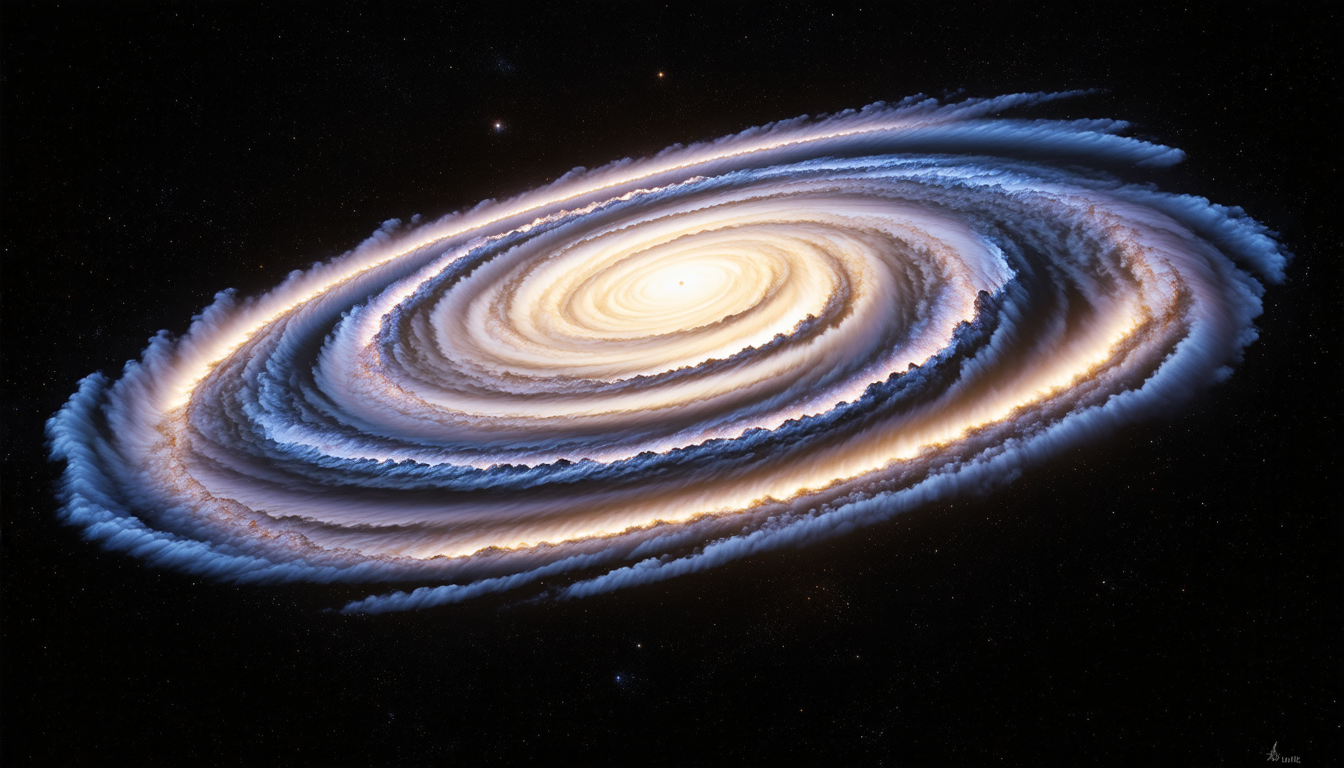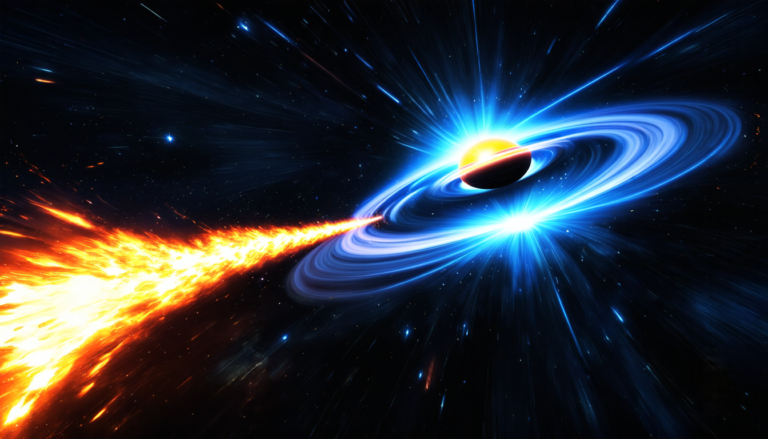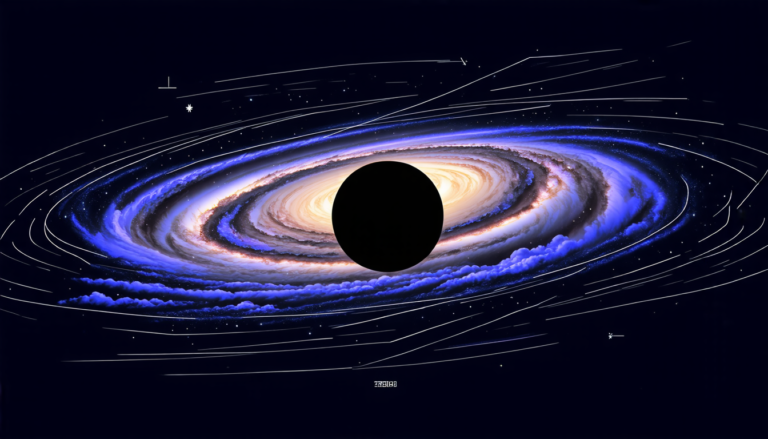Tuesday 10 June 2025
The quest for a unified theory of black hole accretion has long been a thorn in the side of astrophysicists. For decades, scientists have grappled with the complexities of matter and energy swirling around these cosmic behemoths, seeking to understand how they shape our universe. In a recent breakthrough, researchers have made significant strides towards resolving this puzzle by developing a novel methodology for simulating global transonic flows around compact objects.
To grasp the significance of this achievement, it’s essential to first understand the fundamental challenge at hand. Black holes are regions of spacetime where gravity is so intense that not even light can escape once it crosses a certain point, known as the event horizon. As matter approaches this boundary, it begins to heat up and emit radiation, which can be observed from great distances. However, the laws of physics dictate that no information can escape from within the event horizon, leaving scientists stumped about what happens inside.
One approach to tackling this problem has been to develop numerical models capable of simulating the behavior of matter in the vicinity of black holes. By leveraging advanced computational techniques and sophisticated algorithms, researchers have managed to create detailed simulations of accretion flows – the process by which matter spirals into a black hole. Yet, despite these efforts, certain aspects of this phenomenon remained shrouded in mystery.
Enter the new methodology, developed by a team of scientists using an innovative combination of iterative relaxation and adaptive Runge-Kutta integration techniques. By employing these methods, researchers were able to generate a wide range of global transonic flow solutions, covering all possible classes of accretion and wind flows around compact objects.
The significance of this achievement cannot be overstated. For the first time, scientists have been able to simulate the behavior of matter in the vicinity of black holes with unprecedented accuracy and detail. This breakthrough has far-reaching implications for our understanding of astrophysical phenomena, from the formation of stars and galaxies to the growth of supermassive black holes at their centers.
Moreover, the methodology itself represents a major advance in computational physics. By harnessing the power of modern computing architectures and sophisticated algorithms, researchers have created a tool that can be used to tackle some of the most complex problems in astrophysics.
The potential applications of this research are vast. For instance, scientists may now be able to better understand the role black holes play in shaping galaxy evolution and the distribution of matter within them.
Cite this article: “Unveiling the Secrets of Black Hole Accretion: A Breakthrough in Computational Physics”, The Science Archive, 2025.
Black Holes, Accretion, Astrophysics, Simulations, Transonic Flows, Compact Objects, Event Horizon, Radiation, Computational Physics, Galaxy Evolution







